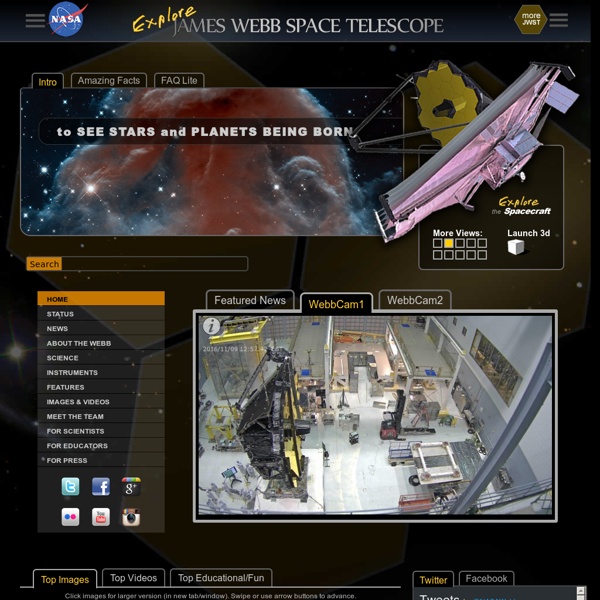



AAAS News Release - "SCIENCE: Dust Scooped From Asteroid Confirms Source of Earth-Bound Meteorites" Researchers got their first up-close look at dust from a small, stony asteroid after the Hayabusa spacecraft scooped up the dust from the asteroid’s surface and brought it back to Earth. Analysis of the dust particles, detailed in the 26 August issue of Science, confirms a long-standing suspicion: Most common meteorites found here on Earth, known as ordinary chondrites, are born from these stony, or S-type, asteroids. Since chondrites are among the most primitive objects in the solar system, the discovery also means that these asteroids have been recording a long and rich history of early solar system events. “Science is very excited and pleased to be presenting these important scientific analyses,” said Brooks Hanson, the journal’s deputy editor for the physical sciences. “The first samples that researchers collected beyond Earth were from the moon, and the first analyses of those samples were also published in Science. [Video © Science/AAAS] Links
Scientists Now Know: We're From Sagittarius Dwarf Galaxy! Scientists Now Know: We're Not From Here! Summary & comments by Dan Eden for Viewzone "This first full-sky map of Sagittarius shows its extensive interaction with the Milky Way," Majewski said. The study's map of M giants depicts 2 billion years of Sagittarius stripping by the Milky Way, and suggests that Sagittarius has reached a critical phase in what had been a slow dance of death. "After slow, continuous gnawing by the Milky Way, Sagittarius has been whittled down to the point that it cannot hold itself together much longer," said 2MASS Science Team member and study co-author Martin Weinberg of the University of Massachusetts. Does this mean we are at a unique moment in the life of our galaxy? "Whenever possible, astronomers appeal to the principle that we are not at a special time or place in the universe," Majewski said. On the other hand, Majewski and his colleagues have been surprised by the Earth's proximity to a portion of the Sagittarius debris. Implications in Global Warming?
These mirrors will allow us to observe the birth of the Universe. Yes, really. For it to work as a telescope it would require a housing with a collector (secondary mirror). Otherwise you have orbit's largest mirror, not a telescope. It seems though, the housing in this case is 4 open sides held by poles. I worked on JWST for three years as a Systems Engineer at Northrop Grumman (the prime contractor for the Observatory). Interesting stuff. Sure, they'll be able to upgrade the sensors and software and whatnot, but it's hard to imagine a way to service the mirrors via spacewalk (though it is amusing to picture an astronaut out there with a squeegee and bucket). The Hubble has been the gift that keeps on giving, and really NASA has a reputation going of its projects far outlasting their planned usefulness, whether they by satellites or rovers. Thanks for answering my question. Barring massive, rapid advances in human spaceflight, nobody will be upgrading the sensors on JWST.
Event Horizon Telescope The James Webb Space Telescope About Webb's Orbit The James Webb Space Telescope will observe primarily the infrared light from faint and very distant objects. But all objects, including telescopes, also emit infrared light. To avoid swamping the very faint astronomical signals with radiation from the telescope, the telescope and its instruments must be very cold. Therefore, Webb has a large shield that blocks the light from the Sun, Earth, and Moon, which otherwise would heat up the telescope, and interfere with the observations. The L2 orbit is an elliptical orbit about the semi-stable second Lagrange point . In three of the solutions found by Lagrange, the bodies are in line (L1, L2, and L3); in the other two, the bodies are at the points of equilateral triangles (L4 and L5). In the case of Webb, the 3 bodies involved are the Sun, the Earth and the Webb. Other infrared missions have selected an L2 orbit, like WMAP and H2L2. Here are a few graphics that illustrate how far away Webb will be.
Lunar Eclipse: Watch It Live on YouTube At 11:20 a.m. PT Wednesday, a total, 100-minute-long lunar eclipse will be visible in South America, Europe, Africa, Asia and Australia. If you're not from those parts, Google and Slooh have prepared a myriad of options that let you enjoy the lunar eclipse from the relative safety of your couch. Perhaps the simplest way to watch the lunar eclipse is to tune into the live streaming video on Google's official YouTube channel. You can also follow the event on Slooh's mission interface, together with narration from astronomers, or you can watch it from the Sky layer in Google Earth by downloading this .kml file. The Fermi Gamma-ray Space Telescope Le James Webb Telescope a franchi une étape clé dans les tests - Sciencesetavenir.fr RESISTANCE. Le James Webb Space Telescope (JWST), avec son miroir de 6,5 mètres de diamètre, sera le télescope le plus puissant jamais envoyé dans l'espace. Sa sensibilité est cent fois plus grande que celle du télescope Hubble, lancé en 1990 et qui avait révolutionné l'astronomie. Grâce à ce nouvel instrument, les astronomes pourront remonter encore plus loin dans l'histoire de l'Univers, jusqu'à 300 millions d'années après le Big bang, période à laquelle sont apparues les premières étoiles dont la traque se poursuit toujours avec d'autres outils. Aujourd'hui le télescope est complètement achevé et les techniciens lui font passer de multiples tests pour s'assurer de la solidité et de la fiabilité de son miroir notamment. Les tests acoustiques. La dernière série de tests effectuée visait à évaluer la résistance du télescope à son lancement, qui s'effectuera à bord d'une fusée Ariane V. Au final, le télescope a bien supporté toutes les contraintes auxquelles il a été exposé.
SDSS